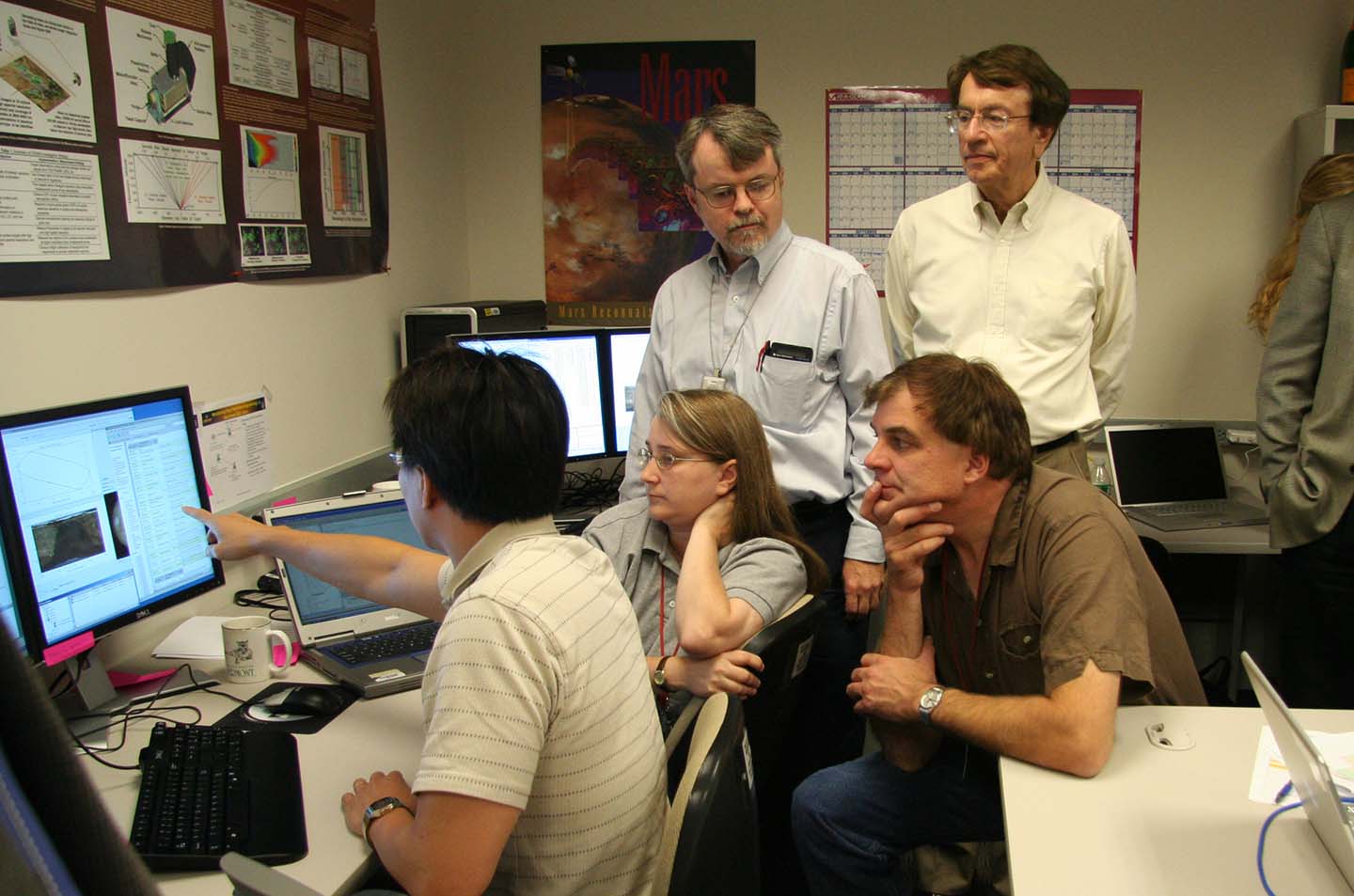Press Release
APL-Built Mineral-Mapping Imager Begins Mission at Mars With Cover Removed, CRISM Set to Take First Images
Wed, 09/27/2006 - 09:17
The most powerful mineral-mapper ever sent to Mars has opened its protective cover and is about to begin its search for hints of past water on the red planet.
The Compact Reconnaissance Imaging Spectrometer for Mars (CRISM), designed and built by The Johns Hopkins University Applied Physics Laboratory in Laurel, Md., is one of six science instruments aboard NASA's Mars Reconnaissance Orbiter. CRISM's spring-loaded cover had been closed since the orbiter's launch in August 2005, protecting the imager's sensitive telescope optics from fuel residue and heat as the spacecraft eased into orbit around Mars. Today, a day after turning on CRISM's power and putting the device through a series of performance tests, operators opened the cover and verified that it had deployed properly.
"Everything went smoothly and our team is looking forward to our first images later this week," says Dr. Scott Murchie, CRISM principal investigator from the Applied Physics Laboratory (APL).

